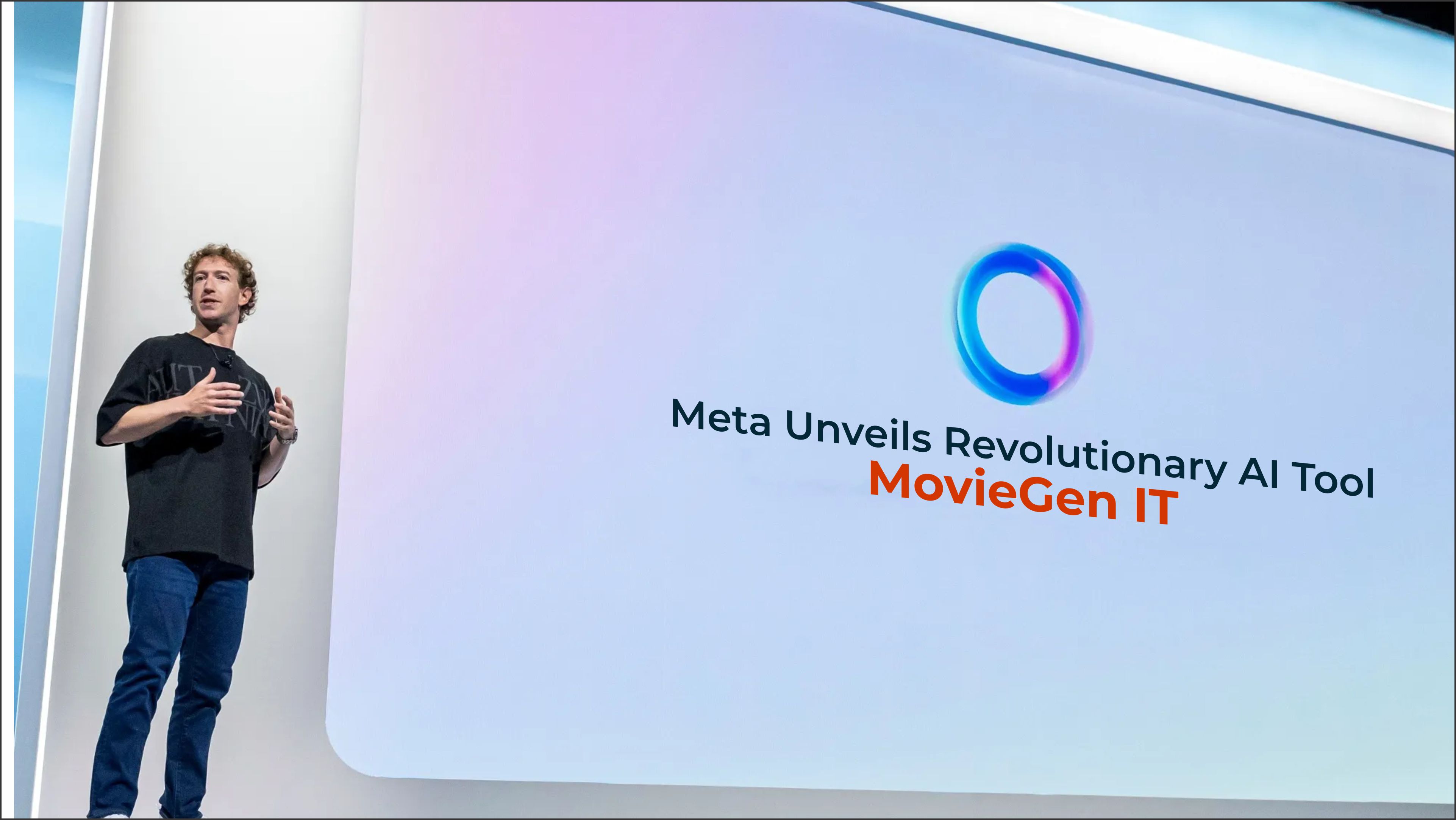
In a rapidly evolving digital landscape, the Banking, Financial Services, and Insurance (BFSI) sector is undergoing a significant transformation in its marketing strategies. As consumer behavior shifts towards digital platforms, traditional advertising methods are being replaced by innovative approaches, with influencer marketing leading the charge.
Historically, BFSI companies relied heavily on traditional advertising channels such as television, print media, and billboards to reach their target audiences. However, as consumers increasingly turn to social media and online platforms for information and recommendations, the need for a more engaging and relatable marketing approach has become apparent.
Influencer marketing, which leverages the reach and credibility of social media influencers, has emerged as a powerful tool for BFSI companies. This strategy allows brands to connect with consumers in a more authentic and engaging way, ultimately driving brand awareness and customer loyalty.
Several BFSI brands have successfully adopted influencer marketing strategies to enhance their outreach:
While the shift towards influencer marketing presents numerous opportunities, BFSI companies must also navigate certain challenges:
As the BFSI sector adapts to the changing landscape, the shift from traditional advertising to influencer marketing signifies a fundamental change in how brands connect with consumers. By embracing the power of influencer marketing, BFSI companies can enhance their visibility, engage with their target audiences, and build lasting relationships.
In this new era of marketing, authenticity, engagement, and relatability are key. As the industry continues to evolve, those who successfully leverage influencer marketing will likely emerge as leaders in the competitive BFSI landscape.

As the digital landscape evolves, businesses in India are adapting their marketing strategies to stay ahead of the curve. Here are some of the most prominent trends currently shaping the SEO, digital marketing, and branding sectors in India:
These trends highlight the dynamic nature of digital marketing in India and the need for businesses to adapt to remain competitive. For further insights into these developments

As the festive season approaches, the digital marketing landscape in India experiences a remarkable surge, with usage increasing tenfold compared to regular periods. This spike is attributed to several strategic shifts that brands are implementing to maximize their reach and engagement during this critical time.
The festive season has become synonymous with heightened online shopping activity, prompting brands to ramp up their digital marketing efforts significantly. Businesses recognize that consumer behavior shifts dramatically during this time, making it essential to engage customers through targeted online campaigns. According to industry reports, brands are increasingly allocating larger portions of their marketing budgets to digital platforms, anticipating a substantial return on investment(
Social media has emerged as a vital tool for brands looking to capitalize on the festive shopping frenzy. Platforms like Instagram, Facebook, and Twitter serve as avenues for brands to not only announce special offers but also create engaging content that resonates with the festive spirit. Many companies are adopting interactive strategies, such as giveaways and influencer collaborations, to drive engagement and attract potential customers. Video content, in particular, has proven effective in capturing audience attention(
In the competitive festive marketplace, personalization has become a critical strategy. Brands are employing targeted messaging to connect with consumers on a deeper level. By sending personalized offers and greetings, businesses can foster a sense of loyalty and urgency among their customers. This strategy often includes tailored newsletters and instant messaging campaigns that inform customers about exclusive deals(
Artificial intelligence (AI) and automation are playing significant roles in enhancing customer experience during the festive season. Many brands are integrating AI-powered chatbots to provide 24/7 customer support, ensuring that potential buyers receive immediate assistance. This accessibility not only improves customer satisfaction but also helps convert inquiries into sales(
Content creation is at the heart of successful festive marketing campaigns. Brands that focus on crafting compelling and motivational content can inspire consumers to explore their offerings. Suggestions for unique gifts or festive-themed ideas can keep customers engaged and encourage them to consider purchases from their favorite brands(
The festive season in India presents a golden opportunity for brands to elevate their digital marketing efforts dramatically. With a tenfold increase in usage, businesses that effectively leverage social media, prioritize personalization, and utilize AI technologies are well-positioned to boost brand awareness and drive sales. As the season unfolds, those who embrace these strategies are likely to see significant rewards in consumer engagement and sales growth.
For more insights on effective festive marketing strategies, explore detailed guides available online.

Meta has just announced a groundbreaking new tool, "MovieGen IT," designed to revolutionize content creation through artificial intelligence. This innovative AI-powered platform can generate high-quality videos, audio, and even edit footage.all based on simple text input.
Meta's latest foray into the generative AI space aims to simplify video production by allowing creators, marketers, and filmmakers to describe the scenes, visuals, or edits they want, and the AI will bring it to life. With the ability to produce professional-level content within minutes, this tool is expected to significantly reduce the time and cost associated with video production.
"MovieGen IT is a major leap forward in media creation," said Meta's spokesperson. "We envision this tool empowering a wide range of industries, from entertainment to education, where video content plays a critical role."
Text-to-Video Generation: Users can type descriptions of scenes or concepts, and the AI generates videos that match those inputs.
Audio Synthesis: Custom audio, voiceovers, and sound effects can be generated on demand.
Video Editing: The AI can seamlessly edit existing footage, applying cuts, transitions, and effects based on textual instructions.
Customizability: Users can adjust details like video resolution, style, and length to suit their needs.
MovieGen IT could democratize video production, allowing creators of all levels to bring their visions to life without the need for expensive equipment or teams.This marks a bold step by Meta into the future of AI-driven content creation.
Stay tuned for more updates on how this tool will shape the digital media landscape

Meta has officially announced that several Facebook metrics will be deprecated on September 16, 2024, due to the data becoming unreliable and difficult to maintain. This change is expected to impact businesses, advertisers, and marketers who rely on these metrics for measuring campaign performance and audience engagement.
Impact of the Deprecation
The removal of these metrics will require businesses to adjust how they analyze and optimize their Facebook marketing efforts. Meta has advised marketers to begin transitioning to alternative metrics or updated tools that offer more reliable insights. This move is part of Meta’s ongoing effort to improve data accuracy and streamline measurement tools.
Complete List of Metrics to Be Removed:
The specific metrics set to be deprecated have yet to be fully detailed, but Meta has assured users that they will provide alternatives or guide users to other available metrics that offer similar functionality. Businesses should stay tuned for a complete list and prepare to adjust their reporting methods accordingly.
Meta encourages all users to update their strategies before the September 16th deadline to ensure minimal disruption to their reporting processes